Future of AI Image Generation: Complete Guide
Over 80 percent of creative professionals now use AI tools in some part of their workflow. The way computers generate images is changing everything about digital creativity, making it easier for anyone to bring ideas to life without traditional artistic skills. As AI image generation keeps evolving with smarter models and deeper learning, it is opening new doors for art, design, and storytelling that were never possible before.
Table of Contents
- Defining AI Image Generation And Its Evolution
- Key Models And Emerging Technologies Explained
- Real-World Applications Across Creative Industries
- Ethical, Legal, And Copyright Challenges Ahead
- Risks, Limitations, And Critical Opportunities
| Point | Details |
| Evolution of AI Image Generation | Advanced technologies such as GANs, diffusion models, and transformers have significantly enhanced the capabilities and complexity of AI-generated visuals. |
| Impact on Creative Industries | AI image generation tools are transforming workflows in graphic design, marketing, photography, and other fields by streamlining visual content creation. |
| Ethical and Legal Challenges | Ongoing discussions are needed to address copyright, bias, and transparency issues related to AI-generated images, ensuring creative integrity |
| Risks and Opportunities | While facing limitations like high computational needs and algorithmic biases, AI image generation presents opportunities for innovative, contextually intelligent tools. |
Defining AI Image Generation and Its Evolution
AI image generation transforms digital creativity by enabling computers to create visual content through advanced computational techniques. According to research from arxiv.org, these models represent a groundbreaking approach to visual computing that goes far beyond traditional image creation methods.
The evolution of AI image generation can be traced through several key technological milestones. Initially, early algorithms could only produce basic, low-resolution images with limited detail. However, recent advancements in deep learning and neural networks have dramatically transformed this landscape. Arxiv research highlights how diffusion models have become particularly powerful, enabling text-to-image generation with unprecedented complexity and nuance.
Modern AI image generation technologies leverage sophisticated techniques like:
- Generative Adversarial Networks (GANs): Where two neural networks compete to create increasingly realistic images
- Diffusion Models: Algorithms that gradually transform random noise into coherent visual content
- Transformer-based Models: Neural network architectures that can understand and interpret complex text prompts
These technologies represent more than just a technical achievement. They fundamentally reimagine how visual content can be created, democratizing design and enabling individuals without traditional artistic training to bring their creative visions to life. As computational power increases and machine learning algorithms become more refined, AI image generation will continue to push the boundaries of digital creativity.
Key Models and Emerging Technologies Explained
AI image generation models have rapidly evolved, becoming increasingly sophisticated in their ability to transform text prompts into stunning visual representations. Wikipedia highlights Stable Diffusion as a groundbreaking deep learning model released in 2022, capable of generating detailed images based on specific text descriptions and performing advanced tasks like inpainting and image translations.
The landscape of AI image generation is defined by several cutting-edge technologies. Wikipedia reveals that Google DeepMind's Imagen series represents another significant milestone, with its latest iterations demonstrating unprecedented photorealistic image generation capabilities. These models leverage complex neural network architectures to understand and interpret nuanced text prompts with remarkable precision.
Key technological approaches in modern AI image generation include:
- Transformer-based Models: Using attention mechanisms to understand contextual relationships in text
- Diffusion Models: Gradually refining random noise into coherent image structures
- Generative Adversarial Networks (GANs): Creating images through competitive neural network interactions
- Large Language Model Integration: Combining natural language understanding with visual generation capabilities
As these technologies continue to advance, we're witnessing a paradigm shift in digital creativity. AI image generation is no longer just about producing images but about understanding complex creative intentions, translating abstract concepts into visual representations with unprecedented accuracy and artistic potential. The future promises even more sophisticated models that will blur the lines between human and machine-generated artistic expression.
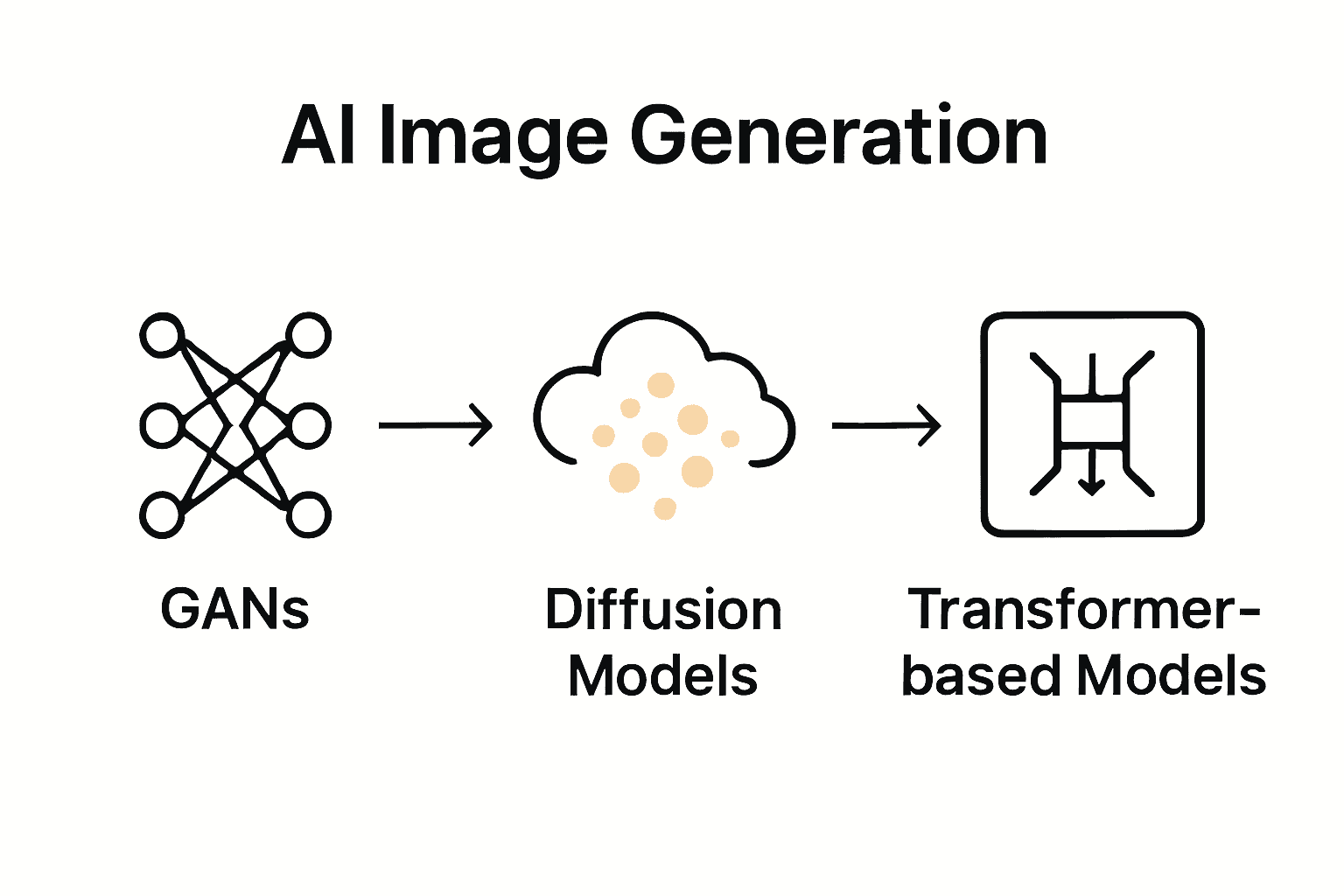
Real-World Applications Across Creative Industries
AI image generation is rapidly transforming creative workflows across multiple industries, offering unprecedented capabilities for visual content creation. Research from IJSAT reveals significant impacts on user interface and user experience design, highlighting how AI technologies are fundamentally reshaping creative professionals' approaches to visual problem-solving.
In the realm of professional photography and marketing, AI is making remarkable strides. Wikipedia showcases how platforms like Artisse AI are revolutionizing image creation by generating hyperrealistic images that can be personalized for individual users and businesses. This technological breakthrough allows designers, marketers, and content creators to produce high-quality visual content with unprecedented speed and flexibility.
Diverse creative industries are leveraging AI image generation technologies in innovative ways:
- Graphic Design: Rapid prototyping of visual concepts and design iterations
- Advertising: Creating customized marketing visuals and product representations
- Film and Animation: Generating concept art, storyboards, and visual effects
- Publishing: Developing illustrations and cover designs for books and magazines
- Fashion: Designing digital clothing prototypes and visual trend forecasting
These technologies are not replacing human creativity but augmenting it.
By automating repetitive visual tasks and providing powerful generative tools, AI image generation enables creative professionals to focus more on strategic conceptualization, artistic direction, and pushing the boundaries of visual storytelling. As these technologies continue to evolve, we can expect even more seamless integration of AI-powered tools into creative workflows across global industries.

Ethical, Legal, and Copyright Challenges Ahead
AI image generation raises profound ethical and legal questions that challenge traditional understanding of creativity and ownership. Time magazine's comprehensive AI glossary highlights the complex landscape of emerging AI technologies, emphasizing the critical need to address potential biases, alignment problems, and regulatory frameworks that can govern these powerful generative tools.
Research from arxiv.org reveals significant challenges in text-to-image generation, particularly surrounding intellectual property rights and the potential for unintentional copyright infringement. The technological capabilities of AI image generation have outpaced existing legal structures, creating a complex ecosystem where the boundaries between inspiration, transformation, and direct copying remain blurry and contentious.
Key ethical challenges in AI image generation include:
- Copyright Ownership: Determining rightful ownership of AI-generated images
- Consent and Representation: Preventing unauthorized use of individual likenesses
- Bias Mitigation: Addressing potential discriminatory patterns in image generation
- Attribution: Establishing clear guidelines for crediting AI-assisted creative work
- Transparency: Developing mechanisms to disclose AI involvement in image creation
The future of AI image generation will require collaborative efforts between technologists, legal experts, artists, and policymakers. Developing robust ethical frameworks and adaptive legal structures will be crucial in balancing technological innovation with creative integrity, ensuring that AI remains a tool that empowers human creativity rather than undermines it. As these technologies continue to evolve, ongoing dialogue and proactive regulatory approaches will be essential in navigating the complex moral and legal terrain of AI-generated visual content.
Risks, Limitations, and Critical Opportunities
AI image generation stands at a critical technological crossroads, presenting both extraordinary potential and significant challenges. Research from arxiv.org highlights the complex landscape of diffusion models in visual computing, revealing nuanced limitations in personalization, conditioning, and image inversion that researchers are actively working to overcome.
Another comprehensive study exploring Document AI models underscores the intricate challenges facing AI image generation technologies. These limitations are not roadblocks but invitation points for innovation, demonstrating that the current technological state is a foundation for future breakthroughs rather than a final destination.
Key risks and opportunities in AI image generation include:
- Computational Constraints: High processing requirements limiting accessibility
- Bias Mitigation: Addressing inherent algorithmic biases in image generation
- Creative Authenticity: Balancing AI assistance with human creative expression
- Personalization Challenges: Developing more nuanced user-specific generation capabilities
- Ethical Data Training: Ensuring responsible and consent-based model development
The trajectory of AI image generation is defined by continuous adaptation and innovation. As technologies evolve, the focus will shift from merely generating images to creating more contextually intelligent, ethically responsible, and creatively empowering tools. Researchers, artists, and technologists must collaborate to transform these current limitations into opportunities for groundbreaking technological and creative advancement.
Unlock the Future of Creativity with AI Image Generation
The article highlights the exciting yet challenging world of AI image generation where issues like copyright, personalization, and creative authenticity stand out as key hurdles. If you are looking to overcome these pain points using advanced technologies such as Stable Diffusion models and powerful prompt customization features, you are in the right place. AI-powered image generation is no longer just for experts but for creators like you who want to transform abstract ideas into stunning visuals with ease.
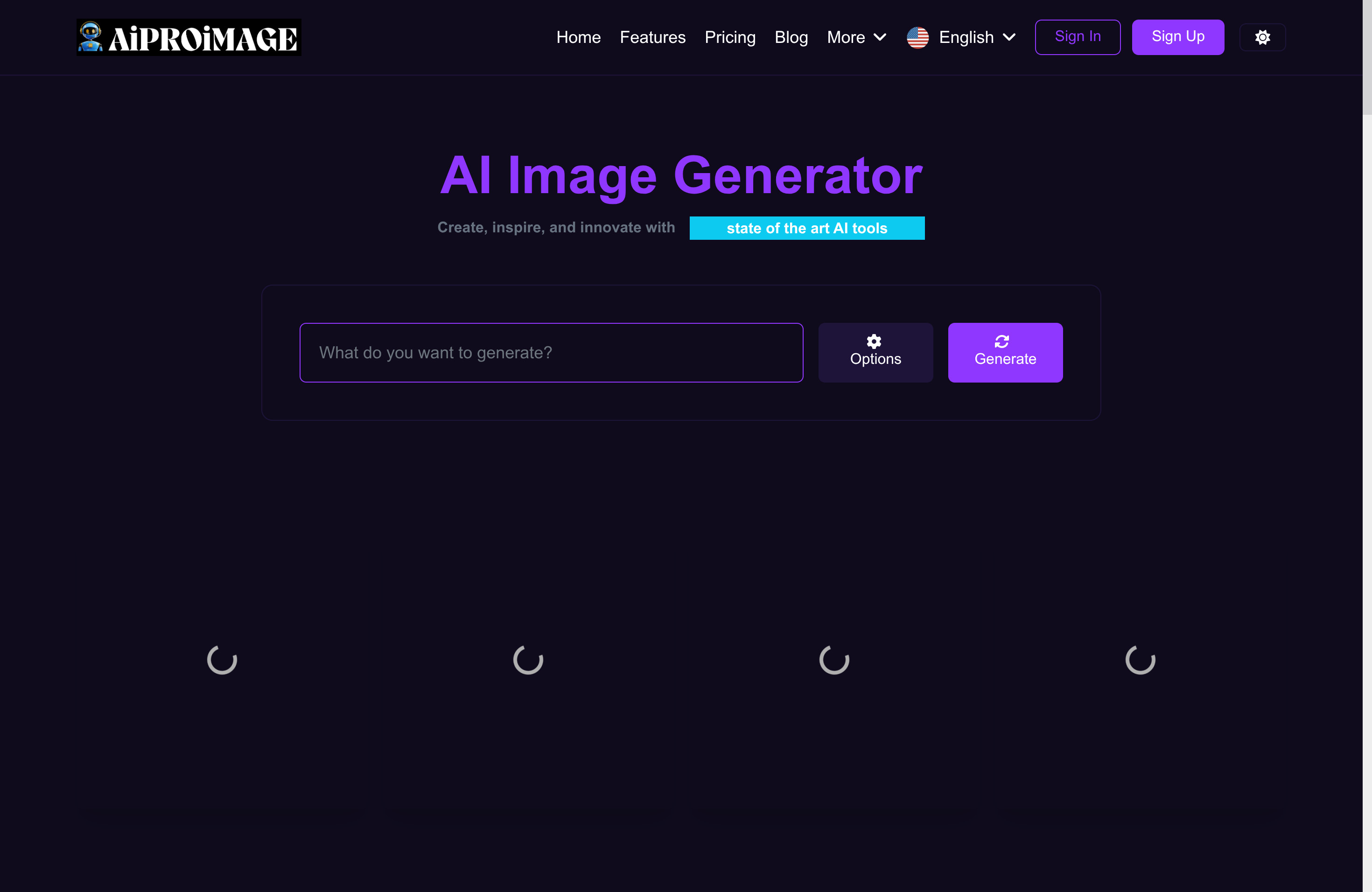
Explore the cutting-edge capabilities of AI for yourself at aiproimage.com. Our AI Image Generator lets you select from multiple state-of-the-art models, fine-tune prompts including negative prompts, and produce highly personalized images that match your vision instantly. Don't wait to experience the next wave of digital creativity. Visit aiproimage.com now and bring your ideas to life with AI-powered precision and speed.
Frequently Asked Questions
What is AI image generation?
AI image generation is the process by which computers create visual content through advanced computational techniques, primarily utilizing deep learning and neural networks.
How have AI image generation technologies evolved over time?
AI image generation has evolved from basic, low-resolution images to sophisticated models that can generate photorealistic images and translate complex text prompts into visual content using techniques like Generative Adversarial Networks (GANs) and diffusion models.
What are the main applications of AI image generation in creative industries?
AI image generation is used across various industries, including graphic design for rapid prototyping, advertising for customized marketing visuals, film for concept art, publishing for book illustrations, and fashion for digital clothing designs.
What are some ethical challenges associated with AI image generation?
Key ethical challenges include copyright ownership of AI-generated images, the need for consent when using individual likenesses, addressing potential biases in image generation, and ensuring transparency in disclosing AI involvement in the creation process.
Read next post : AI vs Manual Image Creation: Complete Guide



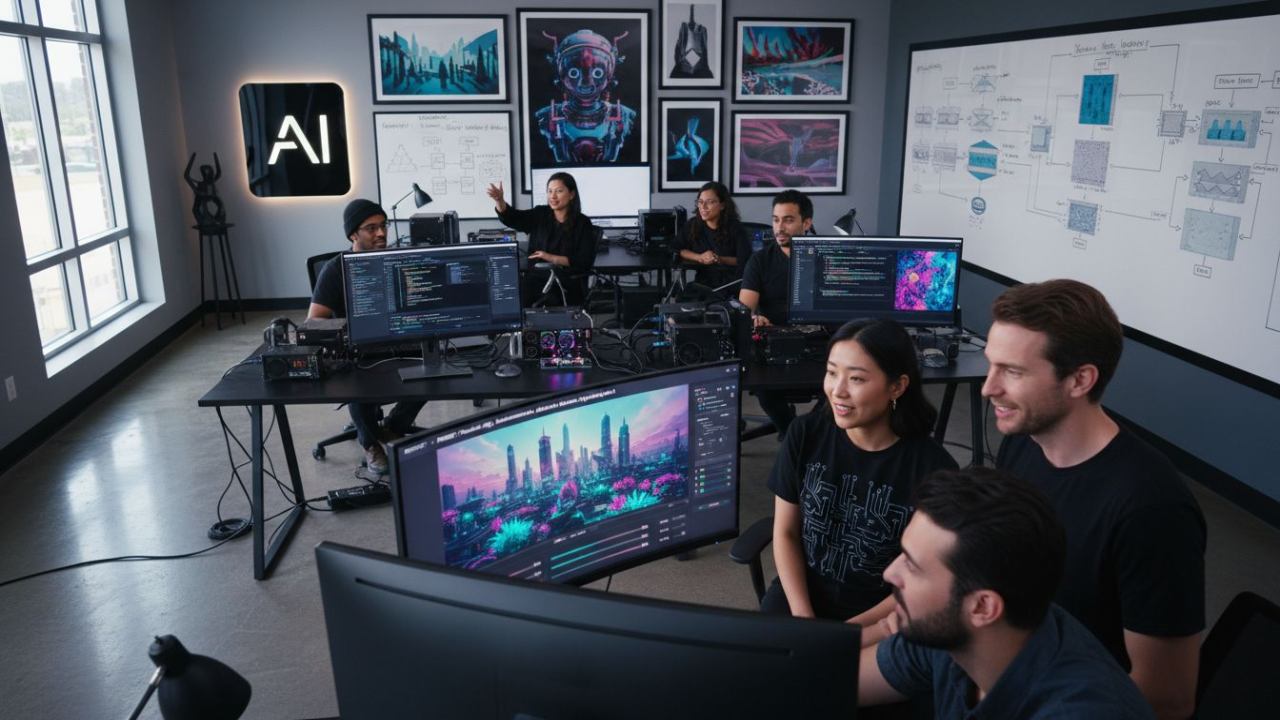
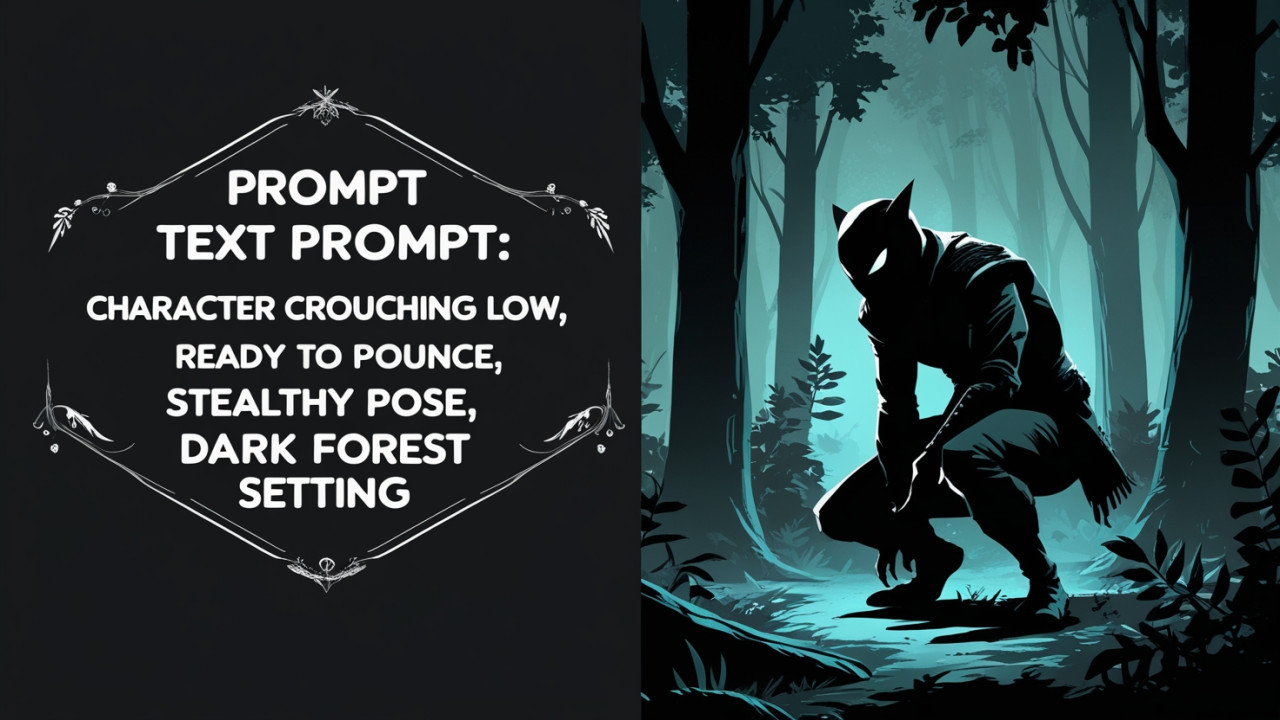
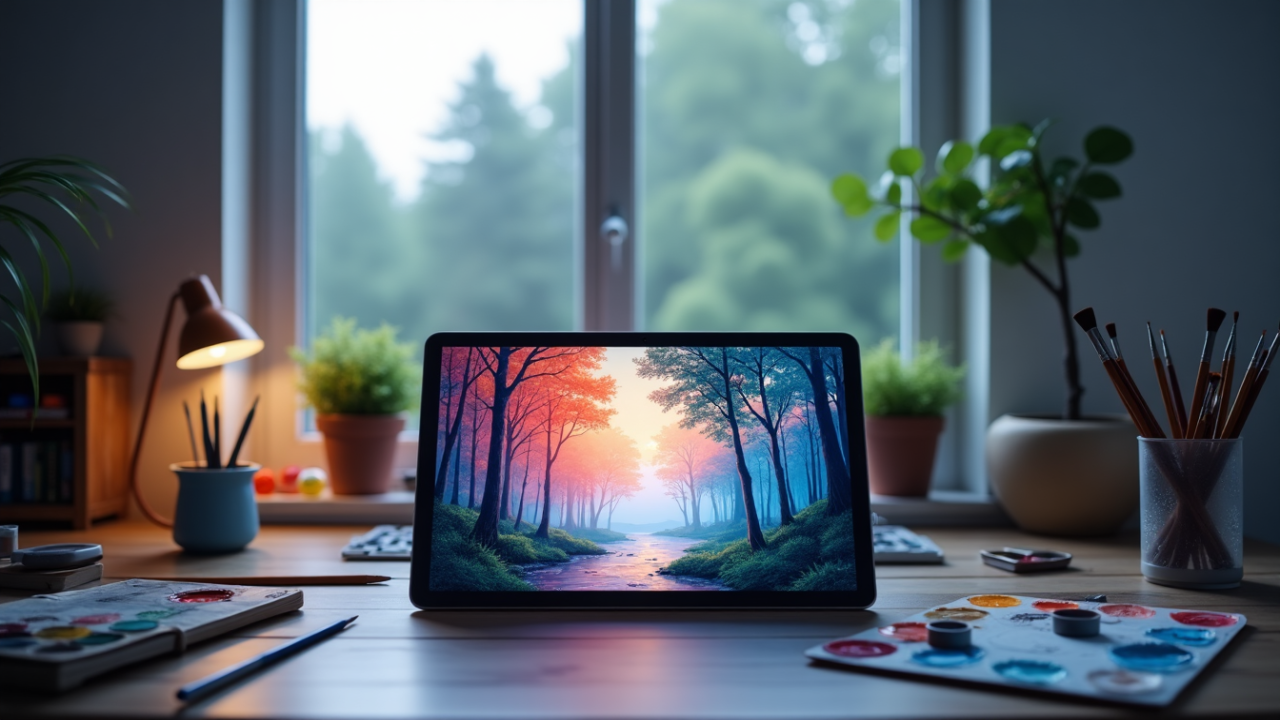
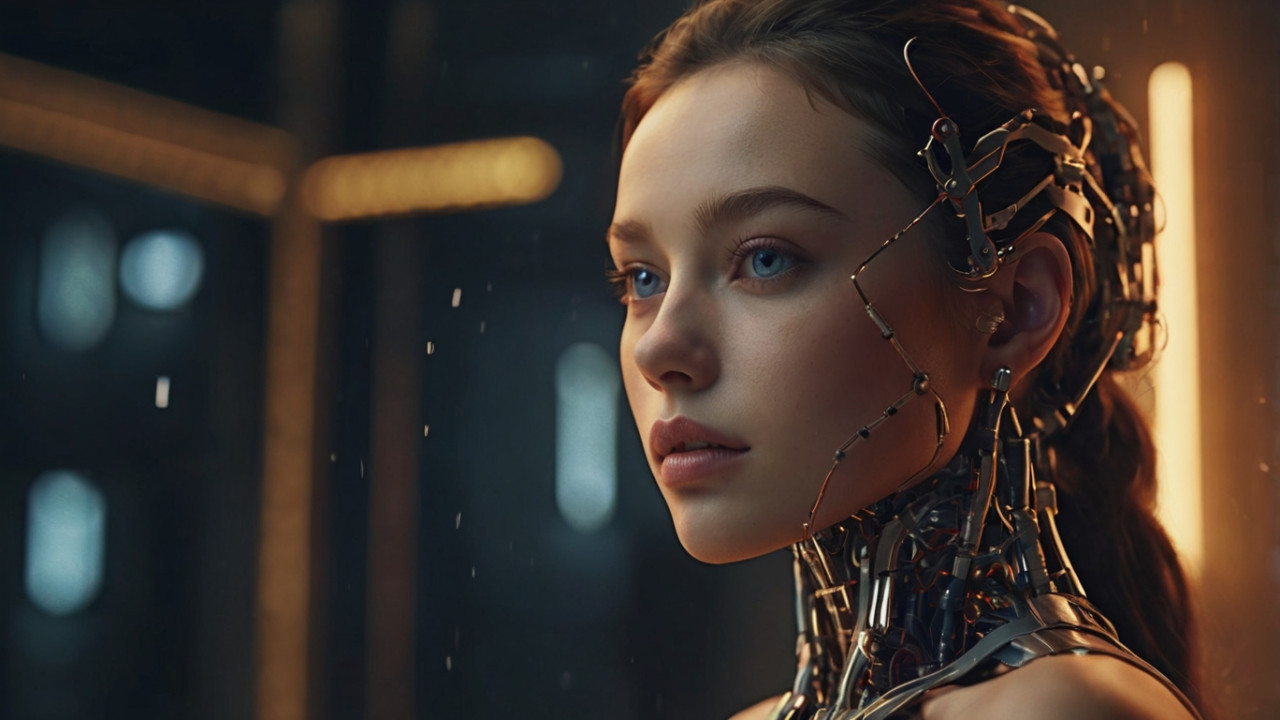

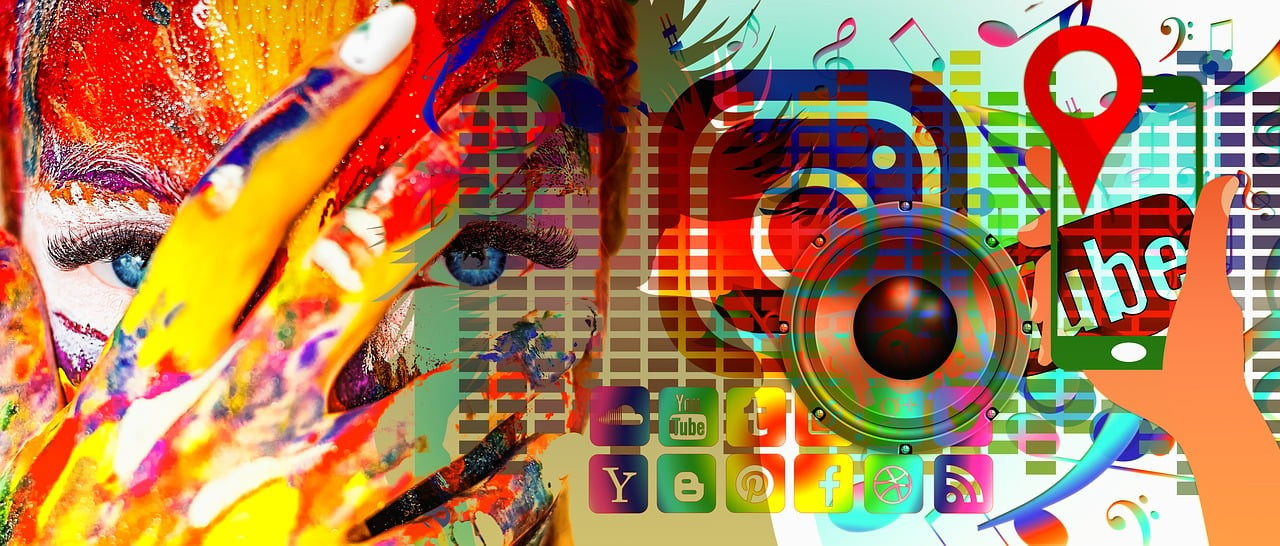
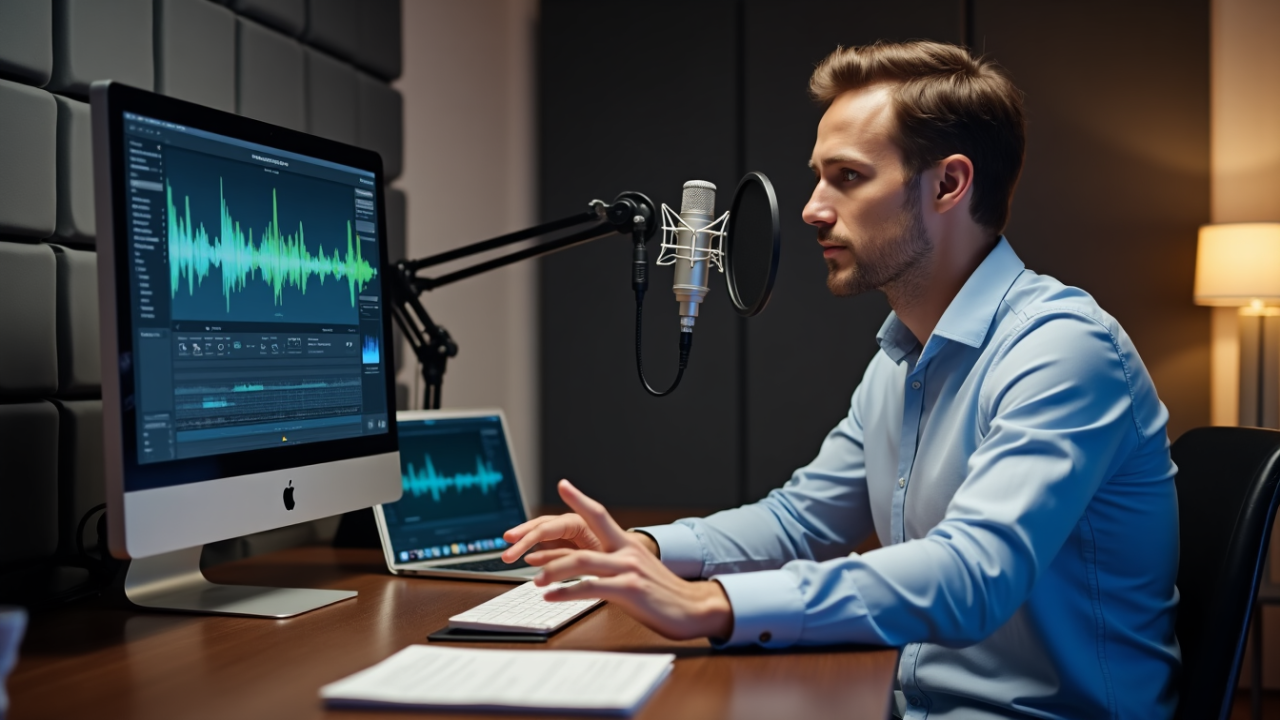

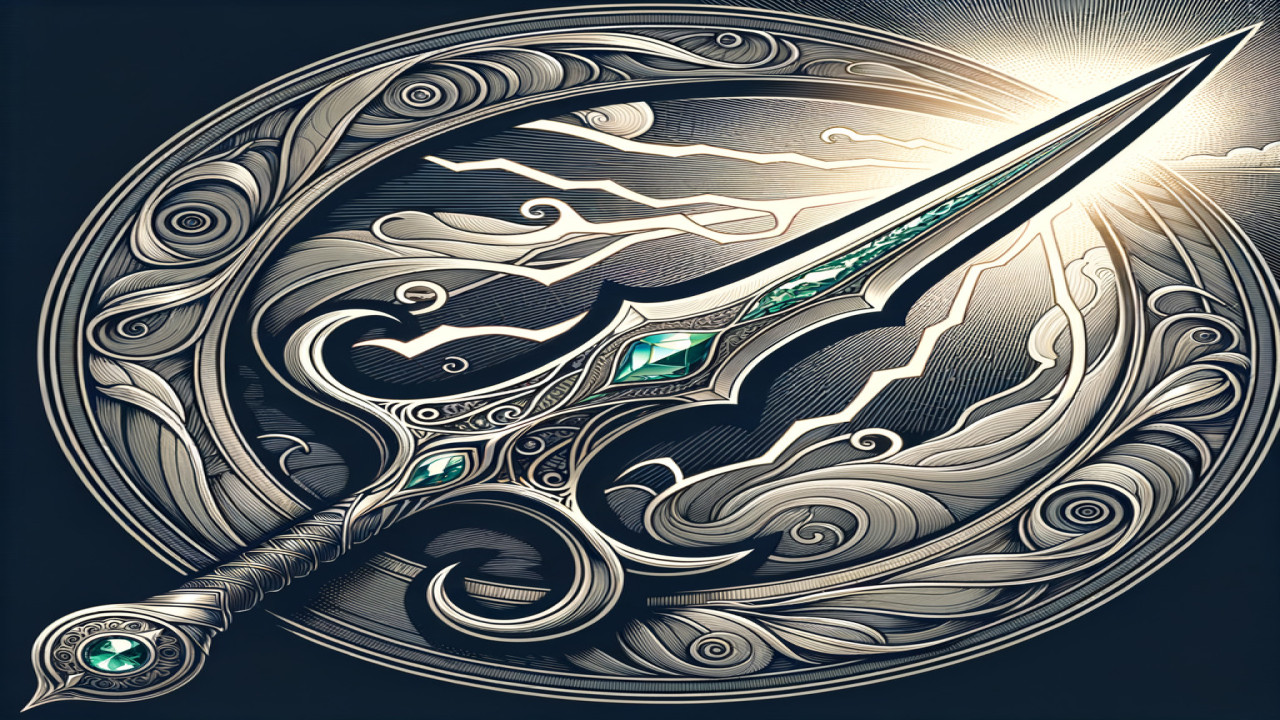
Comments (0)
No comments found